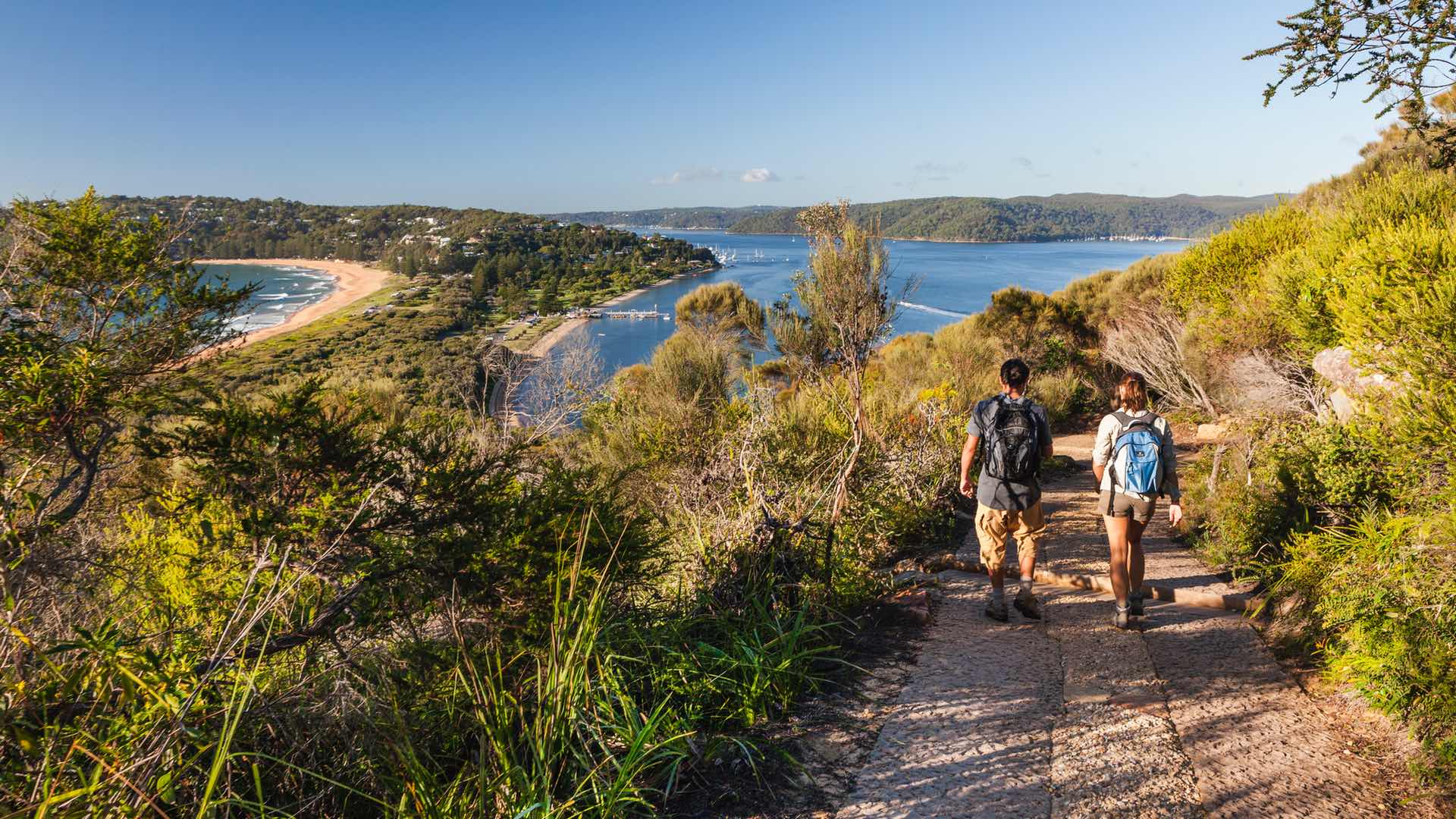NSW Will Be Getting an Extra 43,000 Hectares of National Park
Starting with 4500 hectares of koala habitat and rainforest in the Upper Hunter.
It's not every day that a state scores new national park. Many of the idyllic spots we now take for granted might've been covered in concrete long ago were it not for some pretty determined activism. Take Nielsen Park, Vaucluse, for example, which became one of the first reserves on Sydney Harbour in 1912, after the public fought long and hard to keep it in their hands.
So, it's great news that the NSW Government has just added 4500 precious hectares to our current stash of national parks. Made up of five swathes of bushland, this bonus includes koala habitat, swap-threatened ecological community in Upper Kangaroo Valley and rainforest in the Upper Hunter and Upper Kangaroo Valley.
Next time you head north, you'll have four new playgrounds to visit. Ninety minutes' drive west of Newcastle, what was Yango State Forest has transformed into Yango State Conservation Area, and, another 260 kilometres north, the Curracabundi State Conservation Area has gained 1144 hectares of Mernot State Forest. Continue another 300 kilometres (via a winding road that passes along the coast) to reach Willi Willi National Park, which has scored 2080 hectares that formerly belonged to the Carrai State Forest.
Finally, an hour's drive west of Coffs Harbour, the 513-hectare Muldiva State Forest is now protected under Part 11 of the National Parks and Wildlife Act 1974, and 90 minutes' drive south of Sydney, Budderoo National Park – famous for its waterfalls and rainforest – has extended, thanks to 120.6 hectares of Yarrawa State Forest.
These additions are just one stage of the NSW Government's national park expansion. By the time it's done, you'll have an extra 43,000 hectares (or 430 square kilometres) to explore. NSW's current total is more than seven million hectares — or around nine percent of the state.
When rainforests and bushland receives national park status, culturally and historically significant sites are protected — as are endangered flora and fauna — conservation research programs are begun, weed and pest animals are controlled, and fire management strategies are implemented. Much of which is carried out by volunteers, which you can read more about and get involved with here.
To help you navigate all this lush parkland, the NSW National Parks and Wildlife Service earlier this year released an app, which has everything from downloadable maps to top camping sites.
Image: Ku-ring-gai Chase National Park, D Finnegan.





